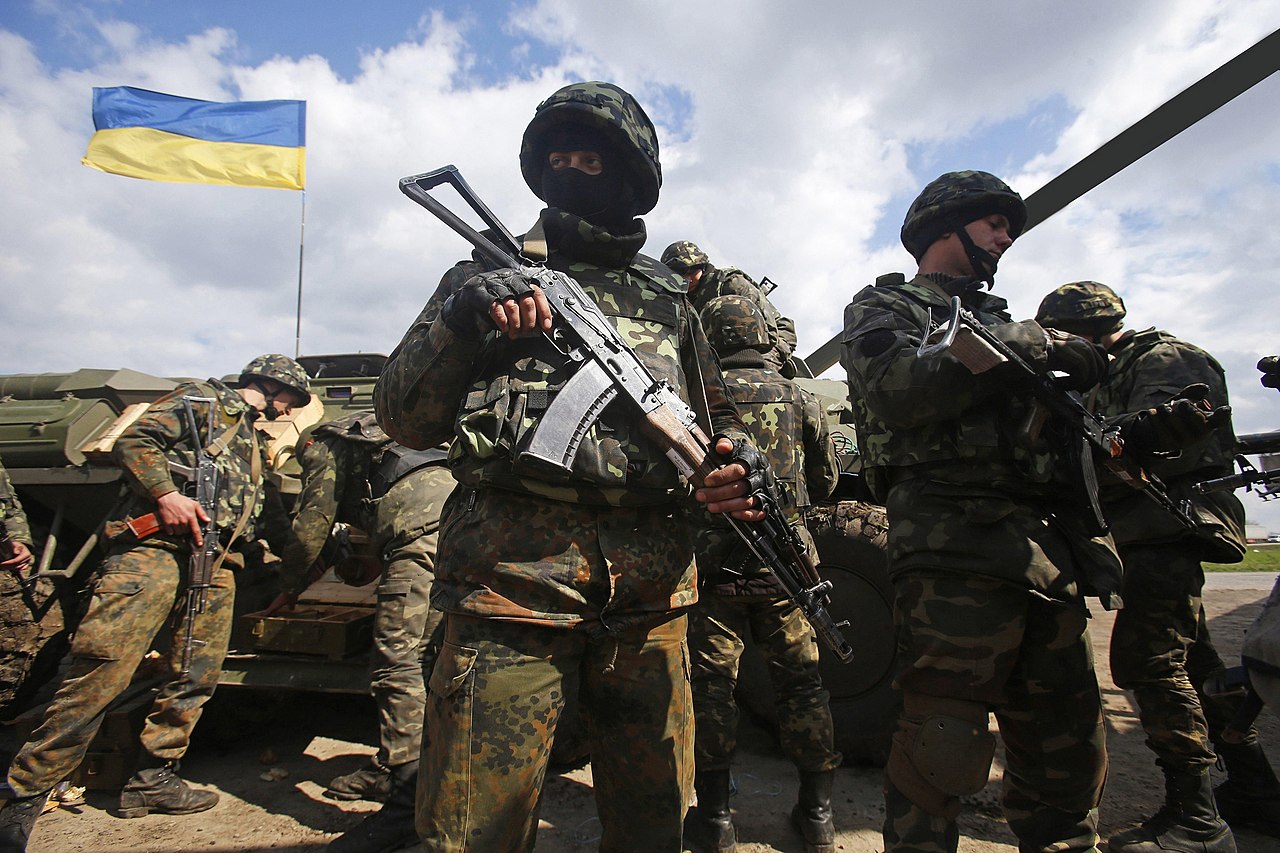On February 24th, 2022, Russia invaded Ukraine. Russia has invaded a neighbor three times in the past 15 years — Georgia in 2008, and Ukraine in both 2008 and 2014. However, the current war in Ukraine is distinct from previous Russian military operations.
Initially, the goal of Russian troops was to decapitate Ukraine’s leadership through a takeover of Kyiv, the capital, and to invade the country from the East, North, and South while laying siege to its major cities. Russia opened four major offensive axes: two from Crimea pushing east towards Mariupol and west towards Odessa with the aim of cutting off Ukraine from the Black Sea coast, one from both sides of the Dnieper River to take Kyiv, and, finally, a general offensive on the northeast and east of Ukraine to overtake Kharkiv.
Russia’s plan seems based on the presumption that as soon as the government — especially, President Zelensky — fell, the Ukrainian resistance would be shattered. Zelensky, once the target of President Trump’s blackmailing, has led by example, staying in Kyiv despite the threat of encirclement, taking a firm stance against Putin, and courting support from other European leaders.
Russian execution of the plan was poor. The Russian army is fundamentally superior to the Ukrainian army in quality and quantity and has undergone major modernization programs under Putin’s presidency, but it has been unable to claim air superiority despite strategic strikes on Ukrainian air defenses and air bases. Coupled with the wide presence of MANPADS in Ukrainian ranks, this restricted Russia’s airpower, while Ukraine’s air assets, such as armed drones and fighter jets, have been able to continue their operations although in a limited measure.
One week after the invasion began, Russia switched to methodic and brutal tactics, including the use of artillery and heavy means. Only Mariupol ended up under siege, and resupply convoys for Russian forces became easy targets since Russian columns did not control much of the territory outside of their road. During the second phase of the invasion, Russia also mobilized more troops stationed around Ukraine.
Attacks against Ukrainian civilians also increased, albeit seemingly due to the increased use of less precise artillery. Soldiers also engaged more in urban fighting. This phase remained aggressive by continuing to breach Ukrainian defenses in order to take over major cities, such as Mariupol. However, it didn’t prove particularly effective for Russia, prompting a second strategy modification during the third week of the war.
Russia’s invasion of Ukraine has become a war of attrition. This type of warfare is only possible because Ukraine is a capable opponent for Russia, fully mobilized, using all of its military power: tanks, armored forces, an air force, and even more troops at its disposal (with volunteer militia supplementing the ranks). While reports on the ground are often questionable due to the intelligence war between Russia and Ukraine, Russia appears to have suffered massive casualties. Per Joost Oliemans and Stijn Mitzer’s website, oryxspioenkop, documenting equipment losses in Ukraine with only visually confirmed losses, Russia had lost more than 2000 pieces of equipment, including more than 300 tanks, 17 aircrafts, and 36 helicopters. On top of the equipment losses, NATO evaluated Russian troops killed in combat at 7000 to 15000 troops after a month of the war. Statistically speaking, armies tend to suffer four wounded soldiers for one dead, which would mean that up to 40 000 Russian troops have been either killed, injured, captured or MIA. Even as both the equipment and personnel losses are probably undervaluing the number of losses, the reported losses are already 10% of what the US lost in Vietnam, or the USSR lost in Afghanistan.
Despite the valiant Ukrainian resistance and the staggering Russian losses, Russia is still more powerful than Ukraine. As peace talks start, it is hard to predict any sort of outright victory for Ukraine, whose cities have been reduced to rubble, and which has lost significant territory. Nonetheless, the rumors that Russia will allow Zelensky to stay in power in exchange for Ukraine’s demilitarization is a step in the right direction.






Be First to Comment